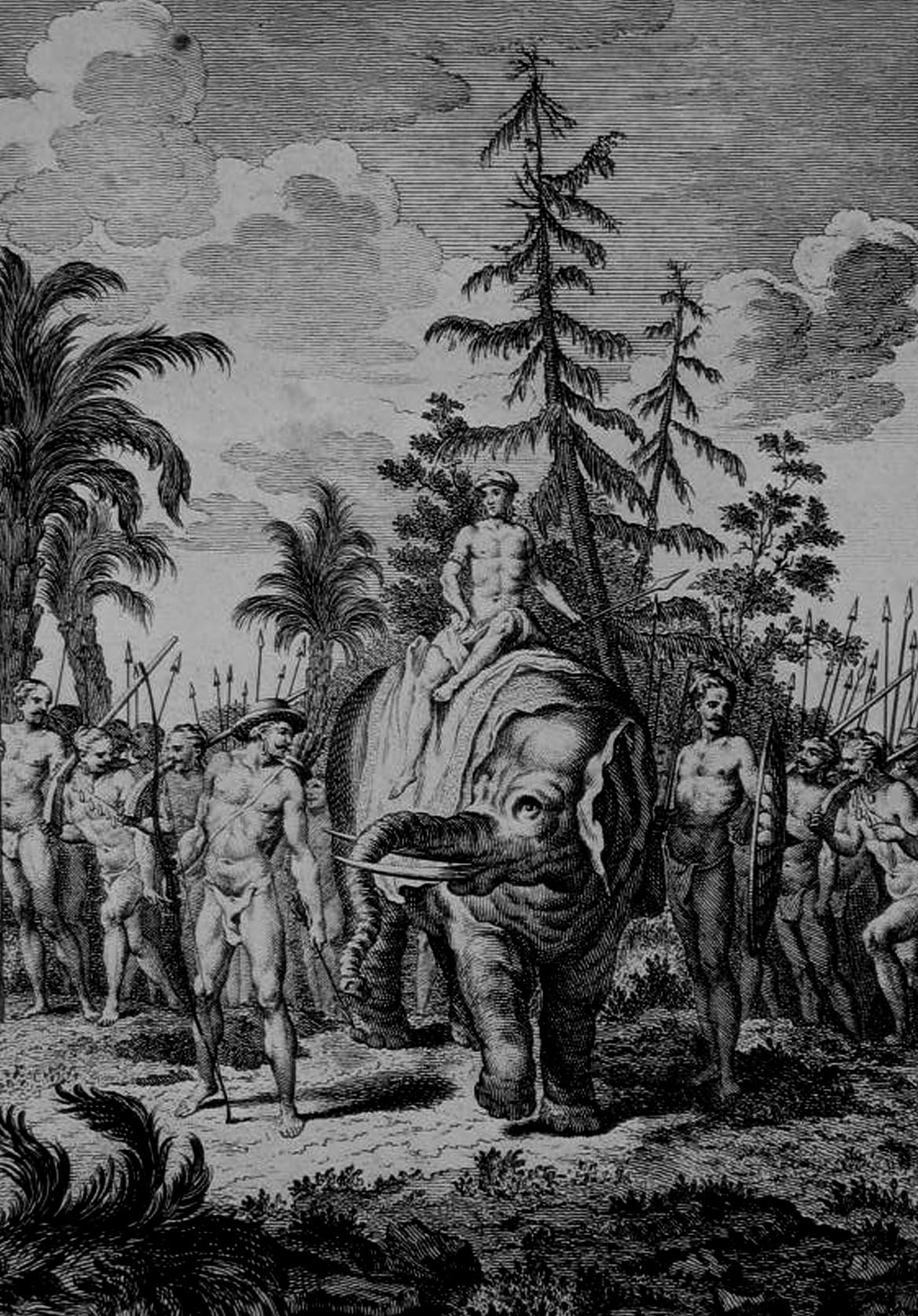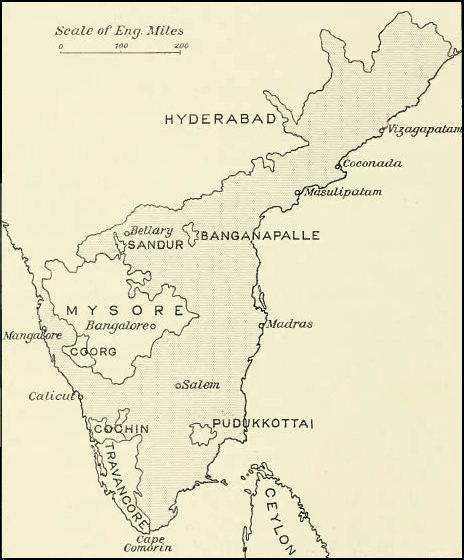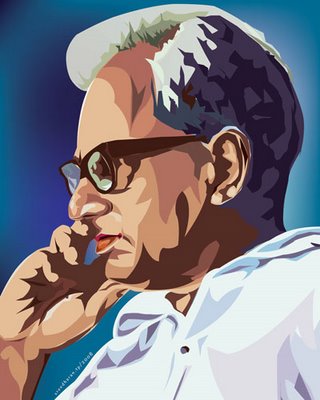|
Sooranad Kunjan Pillai
Sooranad Payikkattu Neelakanta Kunjan Pillai (24 June 1911 8 March 1995) was an Indian researcher, lexicographer, poet, essayist, literary critic, orator, grammarian, educationist, and scholar of the Malayalam language, best remembered for his contributions in compiling ''Malayala Maha Nighantu'', a lexicon. The Government of India awarded him the fourth highest civilian honour of the Padmashri in 1984 for his contribution to Malayalam literature and education. He was also a recipient of the Vallathol Award in 1992 and when the Government of Kerala instituted the Ezhuthachan Puraskaram, their highest literary honour in 1993, he received the inaugural award. Biography Kunjan Pillai was born on 26 November 1911 in Sooranad, near Sasthamkotta in the present day Kollam district of the south Indian state of Kerala to Nair parents Payikkattu Neelakanta Pillai and Karthiyani Amma. After initial studies under his father, he did his formal education at a local elementary school, Th ... [...More Info...] [...Related Items...] OR: [Wikipedia] [Google] [Baidu] |
Sooranad
Sooranad North is a village in Kollam district in the south west Indian state of Kerala. It is believed that Sooranad was ruled by King SOORAN and hence the name. The village is part of Kunnathur Taluk, which lies in Kerala's Kollam District and sits on the border of the Kollam, Pathanamthitta and Allappuzha Districts. Sooranad North and Sooranad South are collectively known as Sooranad and have their own local panchayats. Sooranad North covers an area of and is from Sasthamcotta, from Kollam, from the state capital Thiruvananthapuram and from Karunagappalli, which is the nearest city. Sooranad North's Pin Code is 690561. Geography A tributary of the Kallada River flows through this village as well as the Pallikkal River. Across this there is a dam that can irrigate about of paddy and other summer crops. There are many markets in Sooranad such as Kannamath chandha, Vayyankara chantha, and Parakkadavu chantha. Schools There are three Higher Secondary schools: the ... [...More Info...] [...Related Items...] OR: [Wikipedia] [Google] [Baidu] |
Nair
The Nair (, ) also known as Nayar, are a group of Indian Hindu castes, described by anthropologist Kathleen Gough as "not a unitary group but a named category of castes". The Nair include several castes and many subdivisions, not all of whom historically bore the name 'Nair'. Fuller (1975) p. 309 These people lived, and many continue to live, in the area which is now the Indian state of Kerala. Their internal caste behaviours and systems are markedly different between the people in the northern and southern sections of the area, although there is not very much reliable information on those inhabiting the north. Fuller (1975) p. 284 Historically, Nairs lived in large family units called '' tharavads'' that housed descendants of one common female ancestor. These family units along with their unusual marriage customs, which are no longer practiced, have been much studied. Although the detail varied from one region to the next, the main points of interest to researchers of Nair marr ... [...More Info...] [...Related Items...] OR: [Wikipedia] [Google] [Baidu] |
Kingdom Of Cochin
The kingdom of Cochin or the Cochin State, named after its capital in the city of Kochi (Cochin), was a kingdom in the central part of present-day Kerala state. It originated in the early part of the 12th century and continued to rule until its accession to the Dominion of India in 1949. The kingdom of Cochin, originally known as Perumpadappu Swarupam, was under the rule of the Kulasekhara dynasty (Second Cheras), Later Cheras in the Medieval India, Middle Ages. After the fall of the Kulasekhara dynasty (Second Cheras), Mahodayapuram Cheras in the 12th century, along with numerous other provinces Perumpadappu Swarupam became a free political entity. However, it was only after the arrival of Portuguese on the Malabar Coast that the Perumpadappu Swarupam acquires any political importance. Perumpadappu rulers had family relationships with the Nambudiri rulers of Edappally. After the transfer of Kochi and Vypin from the Edappally rulers to the Perumpadappu rulers, the latter came ... [...More Info...] [...Related Items...] OR: [Wikipedia] [Google] [Baidu] |
Kathasaritsagara
The ''Kathāsaritsāgara'' ("Ocean of the Streams of Stories") (Devanagari: कथासरित्सागर) is a famous 11th-century collection of Indian legends and folk tales as retold in Sanskrit by the Shaivite Somadeva from Kashmir. ''Kathāsaritsāgara'' contains multiple layers of story within a story and is said to have been adopted from Guṇāḍhya's '' Bṛhatkathā'' ("the Great Narrative"), which was written in a poorly-understood language known as Paiśāchī. The ''Bṛhatkathā'' is no longer extant but several later adaptations still exist — the ''Kathāsaritsāgara'', '' Bṛhatkathamanjari'' and '' Bṛhatkathāślokasaṃgraha''. However, none of these recensions necessarily derives directly from Gunadhya, and each may have intermediate versions. Scholars compare Guṇāḍhya with Vyasa and Valmiki even though he did not write the now long-lost '' Bṛhatkathā'' in Sanskrit. Presently available are its two Sanskrit recensions, the '' Bṛhatkatham ... [...More Info...] [...Related Items...] OR: [Wikipedia] [Google] [Baidu] |
Hindi
Modern Standard Hindi (, ), commonly referred to as Hindi, is the Standard language, standardised variety of the Hindustani language written in the Devanagari script. It is an official language of India, official language of the Government of India, alongside English language, English, and is the ''lingua franca'' of North India. Hindi is considered a Sanskritisation (linguistics), Sanskritised Register (sociolinguistics), register of Hindustani. Hindustani itself developed from Old Hindi and was spoken in Delhi and neighbouring areas. It incorporated a significant number of Persian language, Persian loanwords. Hindi is an Languages with official status in India, official language in twelve states (Bihar, Gujarat , Mizoram , Maharashtra ,Chhattisgarh, Haryana, Himachal Pradesh, Jharkhand, Madhya Pradesh, Rajasthan, Uttar Pradesh, Uttarakhand), and six Union territory, union territories (Andaman and Nicobar Islands, Delhi, Chandigarh, Dadra and Nagar Haveli and Daman and Di ... [...More Info...] [...Related Items...] OR: [Wikipedia] [Google] [Baidu] |
Tamil Language
Tamil (, , , also written as ''Tamizhil'' according to linguistic pronunciation) is a Dravidian language natively spoken by the Tamil people of South Asia. It is one of the longest-surviving classical languages in the world,. "Tamil is one of the two longest-surviving classical languages in India" (p. 7). attested since 300 BC, 300 BCE.: "...the most acceptable periodisation which has so far been suggested for the development of Tamil writing seems to me to be that of A Chidambaranatha Chettiar (1907–1967): 1. Sangam Literature – 200BC to AD 200; 2. Post Sangam literature – AD 200 – AD 600; 3. Early Medieval literature – AD 600 to AD 1200; 4. Later Medieval literature – AD 1200 to AD 1800; 5. Pre-Modern literature – AD 1800 to 1900" at p. 610 Tamil was the lingua franca for early maritime traders in South India, with Tamil inscriptions found outside of the Indian subcontinent, such as Indonesia, Thailand, and Egypt. The language has a well-documented history wit ... [...More Info...] [...Related Items...] OR: [Wikipedia] [Google] [Baidu] |
Jagathy
Jagathy is a place within the city of Thiruvananthapuram in the state of Kerala, India. It lends its name to the Ward (country subdivision), city ward of which it is a part. It is famous for being the home of veteran Malayalam cinema, Malayalam actor Jagathy Sreekumar. The Rajiv Gandhi Centre for Biotechnology is also located near Jagathy. References {{reflist Geography of Thiruvananthapuram ... [...More Info...] [...Related Items...] OR: [Wikipedia] [Google] [Baidu] |
Jnanpith
The Jnanpith Award is the oldest and the highest Indian literary award presented annually by the Bharatiya Jnanpith to an author for their "outstanding contribution towards literature". Instituted in 1961, the award is bestowed only on Indian writers writing in Indian languages included in the Eighth Schedule of the Constitution of India and English, with no posthumous conferral. From 1965 till 1981, the award was given to the authors for their "most outstanding work" and consisted of a citation plaque, a cash prize and a bronze replica of Saraswati, the Hindu goddess of knowledge and wisdom. The first recipient of the award was the Malayalam writer G. Sankara Kurup who received the award in 1965 for his collection of poems, Odakkuzhal (''The Bamboo Flute''), published in 1950. The rules were revised in subsequent years to consider only works published during the preceding twenty years, excluding the year for which the award was to be given and the cash prize was increased to ... [...More Info...] [...Related Items...] OR: [Wikipedia] [Google] [Baidu] |
Kerala Sahitya Akademi
The Kerala Sahitya Akademi or Academy for Malayalam Literature is an autonomous body established to promote the Malayalam language and Malayalam literature, literature. It is situated in the city of Thrissur, Kerala in India. History The academy was inaugurated on 15 October 1956, by Chithira Thirunal Balarama Varma, the former king of Travancore, in Thiruvananthapuram. It was shifted to its present location at City of Thrissur in September 1957. Though the Kerala Government provides the funding and support for the academy, the administration of the academy is autonomous according to its constitution. The academy recognises superior literary works through its annual literary awards for Kerala Sahitya Akademi Award for Poetry, Poetry, Kerala Sahitya Akademi Award for Novel, Novel, Kerala Sahitya Akademi Award for Story, Story, Drama, Literary criticism, Biography – autobiography, Travelogue, Humour, Translation, Children's literature etc.. the academy is headed by Malayalam ... [...More Info...] [...Related Items...] OR: [Wikipedia] [Google] [Baidu] |
Sahitya Akademi
The Sahitya Akademi, India's National Academy of Letters, is an organisation dedicated to the promotion of literature in the languages of India. Founded on 12 March 1954, it is supported by, though independent of the Indian government. Its office is located in Rabindra Bhavan near Mandi House in Delhi. The Sahitya Akademi organises national and regional workshops and seminars; provides research and travel grants to authors; publishes books and journals, including the ''Encyclopaedia of Indian Literature''; and presents the annual Sahitya Akademi Award of INR. 100,000 in each of the 24 languages it supports, as well as the List of Sahitya Akademi fellows, Sahitya Akademi Fellowship for lifetime achievement. The Sahitya Akademi Library is one of the largest multi-lingual libraries in India, with a rich collection of books on literature and allied subjects. It publishes two bimonthly literary journals: ''Indian Literature (journal), Indian Literature'' in English and ''Samkaleen ... [...More Info...] [...Related Items...] OR: [Wikipedia] [Google] [Baidu] |
University Of Kerala
University of Kerala (formerly known as University of Travancore) is a state-run public university in Thiruvananthapuram, the state capital of Kerala, India. It was established in 1937 by a promulgation of the Maharajah of Travancore, Chithira Thirunal Balarama Varma who was also the first Chancellor of the university. C. P. Ramaswamy Iyer, the then Diwan (Prime Minister) of the State was the first Vice-Chancellor. It was the first university in Kerala, and among the first in the country. It is accredited by NAAC with highest grade of 'A++' and scored 3.67 points out of 4. The university has over 150 affiliated colleges and has sixteen faculties and 43 Departments of teaching and research. The Governor of Kerala serves as the Chancellor of university. History The history of the University of Kerala is integral to the history of the state itself. One of the first 16 Universities in India, the University of Kerala was founded in 1937. It was formerly called the University o ... [...More Info...] [...Related Items...] OR: [Wikipedia] [Google] [Baidu] |
Chief Editor
An editor-in-chief (EIC), also known as lead editor or chief editor, is a publication's Editing, editorial leader who has final responsibility for its operations and policies. The editor-in-chief heads all departments of the organization and is held accountable for delegating tasks to staff members and managing them. The term is often used at newspapers, magazines, yearbooks, and television news programs. The editor-in-chief is commonly the link between the publisher or proprietor and the editorial staff. Responsibilities Typical responsibilities of editors-in-chief include: * Ensuring that content is journalistic objectivity, journalistically objective * Fact-checking, spelling, grammar, writing style, page design and photos * Rejecting writing that appears to be plagiarized, ghostwriter, ghostwritten, published elsewhere, or of little interest to readers * Evaluating and editing content * Contributing editorial pieces * Motivating and developing editorial staff * Ensuring the fin ... [...More Info...] [...Related Items...] OR: [Wikipedia] [Google] [Baidu] |





